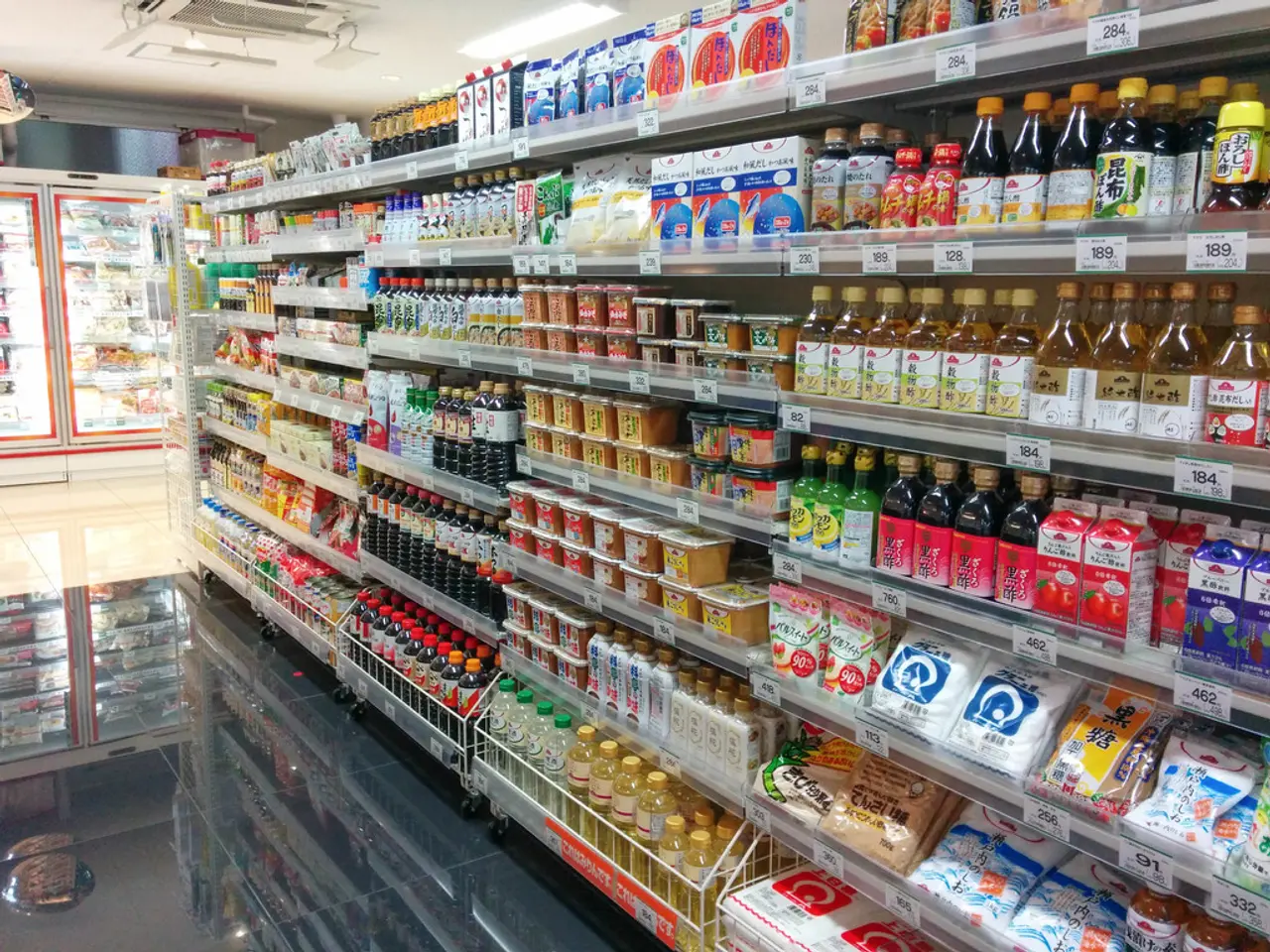Implementation of Copper Tariffs Initiated; Effective Date: August 1st
In a move aimed at reinvigorating the American copper industry, US President Donald Trump has announced a 50% tariff on copper imports, effective from August 1, 2025 [1]. This decision, part of an ongoing independent tariff strategy by the US administration, targets major copper-supplying countries such as Brazil [1].
The announcement, confirmed in July 2025, has prompted traders to rush imports of copper ahead of the tariff in an attempt to avoid the impending cost increase [1]. This move is consistent with Trump's broader trade and industrial strategy, which emphasises domestic production and reducing dependence on foreign metals [1][3].
The tariff is expected to cause a dramatic increase in copper prices within the US market, as copper is a key raw material in numerous industries [2]. This price hike could have significant implications for various sectors, including construction, semiconductors, electric vehicles (EVs), renewable energy technologies, and appliances such as refrigerators and air conditioners [2]. As a result, the tariff may slow growth or increase prices for end consumers in these industries.
Moreover, the disruption caused by this tariff could lead to shifts in global copper trade flows, with exporters seeking new markets. This could result in increased volatility in global copper prices and pressure on global supply chains, particularly in industries reliant on US-sourced copper [1][2].
Trump argues that the tariff will incentivise the rebuilding of the domestic copper industry, reducing reliance on imports and strengthening US manufacturing capacity [1]. However, critics and analysts warn of the potential cost inflation in key economic sectors due to the tariff, which could affect consumer prices and investment decisions [2].
In conclusion, the 50% tariff on copper imports starting August 1, 2025, will significantly raise costs for copper users in the US, impacting a broad range of industries and potentially causing ripple effects across the global copper market. This protectionist measure aims to boost American copper production but comes with the trade-off of higher prices and potential supply chain disruptions [1][2].
Sources: [1] CNN Business (2025). Trump announces 50% tariff on copper imports. [online] Available at: https://www.cnn.com/2025/07/01/business/trump-copper-tariff/index.html [2] The Wall Street Journal (2025). Trump's copper tariff to boost US industry, but at a cost. [online] Available at: https://www.wsj.com/articles/trumps-copper-tariff-to-boost-us-industry-but-at-a-cost-11630653999 [3] The White House (2025). President Trump's trade and industrial strategy. [online] Available at: https://www.whitehouse.gov/trade-and-industrial-strategy/
- The sudden influx of copper imports seen in July 2025 was likely a response to the anticipated 50% tariff on imports, as traders sought to stockpile copper before the August 1, 2025, implementation date to avoid increased costs in the finance sector.
- With the implementation of the tariff on copper imports, the general-news industry should closely monitor the potential impact on various sectors, such as construction, semiconductors, electric vehicles, renewable energy technologies, appliances, and finance, as a result of the impending price hikes and possible supply chain disruptions.




